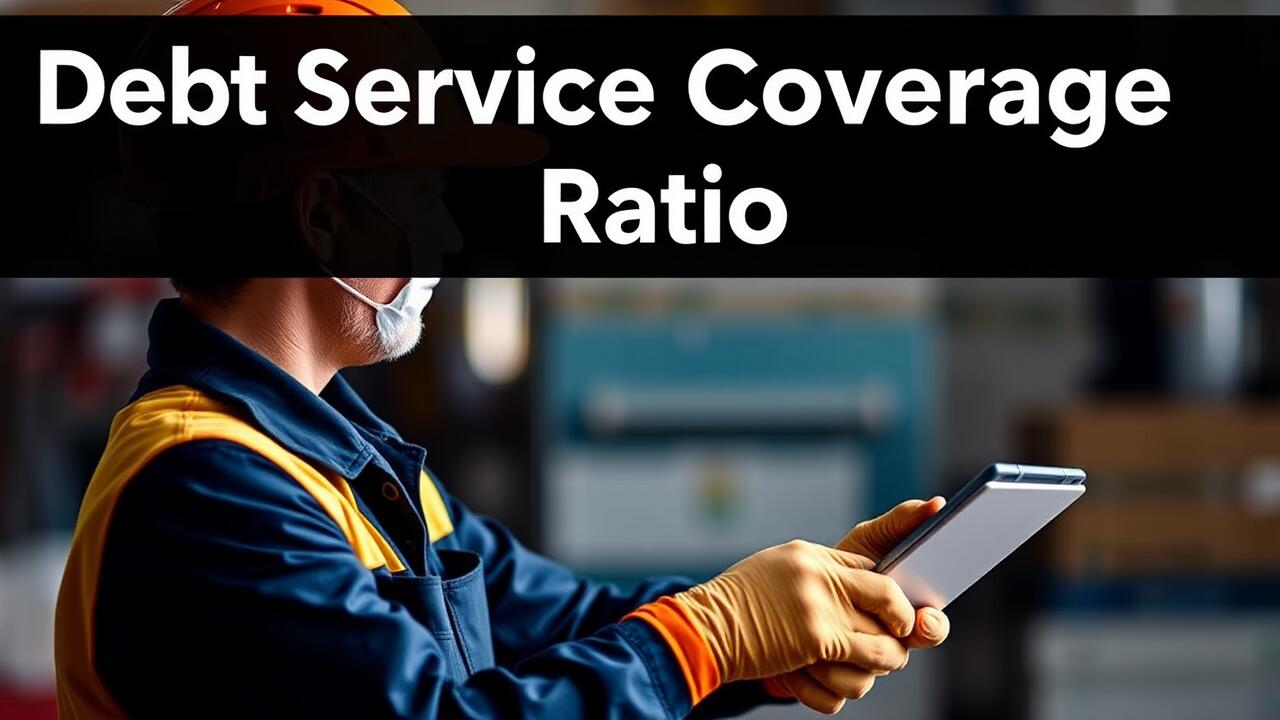
Table Of Contents
Potential Drawbacks of DSCR Loans
While Debt Service Coverage Ratio Loans offer flexibility for investors, they come with notable drawbacks. One significant concern is the reliance on rental income, which can be unpredictable. If the property does not generate enough revenue to cover loan payments, borrowers may face financial strain. Additionally, lenders may impose stricter eligibility criteria, making it harder for some applicants to secure approval.
Another potential drawback is the interest rates associated with DSCR loans. Rates may be higher than traditional mortgage options, reflecting the increased risk lenders perceive when underwriting these loans. Borrowers should carefully assess their financial situation and be aware that fluctuating rental markets can influence their ability to keep up with these payments. Failing to understand these nuances could have serious repercussions down the line.
Risks to Consider Before Applying
Potential borrowers should consider the implications of a Debt Service Coverage Ratio Loan before committing. These loans typically come with higher interest rates compared to traditional financing options, which might affect long-term profitability. If rental income fluctuates or fails to meet projections, the ability to cover mortgage payments becomes a concern. This scenario could lead to financial strain and even the risk of foreclosure if not properly managed.
Additionally, the qualification process for a Debt Service Coverage Ratio Loan can be quite stringent. Lenders will assess the property's income potential, and if it doesn't align with their expectations, approval may be denied. Poor property management or unfavorable market conditions further complicate matters. Potential borrowers should be aware of these risks and conduct thorough due diligence to ensure they are making a sound financial decision.
Documentation Needed for DSCR Loan Applications
When applying for a Debt Service Coverage Ratio Loan, individuals need to prepare a range of documentation to demonstrate their financial stability and investment potential. Lenders typically require personal identification documents, such as a driver's license or passport, to verify identity. Additionally, applicants should provide proof of income, which can include pay stubs, W-2 forms, or tax returns for self-employed individuals. These documents help establish the applicant's financial background and ability to meet loan obligations.
Also, it is essential to include detailed information about the property that will serve as collateral for the loan. This may consist of rental agreements, property appraisals, and financial statements related to the property’s income and expenses. Preparedness with this documentation not only streamlines the application process but also reinforces the applicant’s credibility in the eyes of the lender. Collectively, these papers will assist in calculating the Debt Service Coverage Ratio, a critical factor in determining loan eligibility.
Essential Papers and Financial Records
When applying for a Debt Service Coverage Ratio Loan, having the right documentation is crucial. Lenders will typically require a comprehensive overview of your financial situation. This means gathering essential papers such as personal and business tax returns from the past two to three years. Additionally, you'll need profit and loss statements, bank statements, and possibly even business licenses or permits if you're applying for a loan tied to an investment property.
Beyond personal financial documentation, it's important to prepare records specific to the property or properties in question. This may include rental income statements, lease agreements, and property management records. Organizing these essential documents beforehand can streamline the application process. Lenders use this information to evaluate the potential income from the property and assess the overall risk involved in granting the loan.
How to Improve Your Chances of Approval
Improving your chances of approval for a Debt Service Coverage Ratio Loan requires careful preparation of your financial information. Lenders place significant emphasis on your calculated debt service coverage ratio, which measures your income against your debts. Ensuring that your rental income consistently covers your mortgage payments and other expenses can strengthen your application. A well-documented rent roll and consistent income history will provide the assurance lenders need regarding your financial stability.
Additionally, maintaining a solid credit profile can enhance your likelihood of securing a favorable loan. Reviewing your credit report for inaccuracies and addressing any potential red flags can be crucial steps. Saving a larger down payment also demonstrates commitment and financial responsibility. These proactive measures send a positive signal to lenders, showcasing a thorough understanding of your financial picture and a lower risk profile.
Tips for Strengthening Your Application
Improving your chances of approval for a Debt Service Coverage Ratio Loan requires careful preparation and attention to detail. Start by ensuring that your financial records are in order. This includes having recent tax returns, profit and loss statements, and comprehensive documentation of your rental income. Lenders will look closely at your ability to generate income through your properties.
Additionally, enhancing your credit score can make a significant difference in the approval process. Pay down existing debts and ensure that all your bills are paid on time. A strong credit profile reflects responsible financial management, which can boost lender confidence in your application. Taking these steps can pave the way for a smoother loan approval experience.
FAQS
What is a DSCR loan?
A Debt Service Coverage Ratio (DSCR) loan is a type of financing that evaluates a borrower's ability to repay the loan based on their cash flow relative to their debt obligations. It is commonly used for real estate investments.
Who can apply for a DSCR loan?
Generally, anyone can apply for a DSCR loan, but approval typically depends on the borrower's financial situation, property type, and the lender's specific requirements.
What are the potential drawbacks of DSCR loans?
Potential drawbacks include higher interest rates compared to traditional loans, strict lending criteria, and potential risks related to cash flow issues if the investment property underperforms.
What documentation do I need to apply for a DSCR loan?
Applicants typically need to provide essential papers such as tax returns, bank statements, property information, and other financial records to demonstrate their cash flow and overall financial health.
How can I improve my chances of getting approved for a DSCR loan?
To improve your chances of approval, focus on strengthening your application by ensuring that you have a solid cash flow, a good credit score, and necessary documentation ready to present to lenders.



